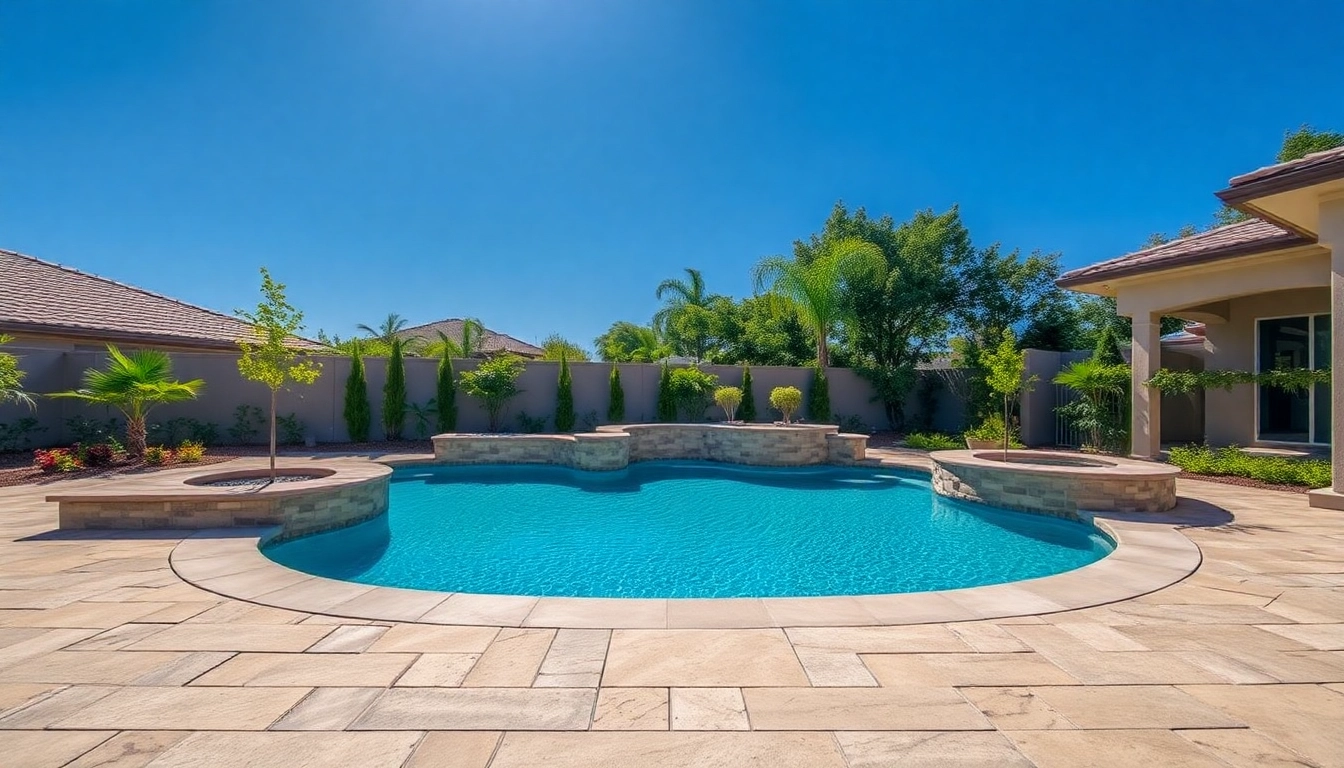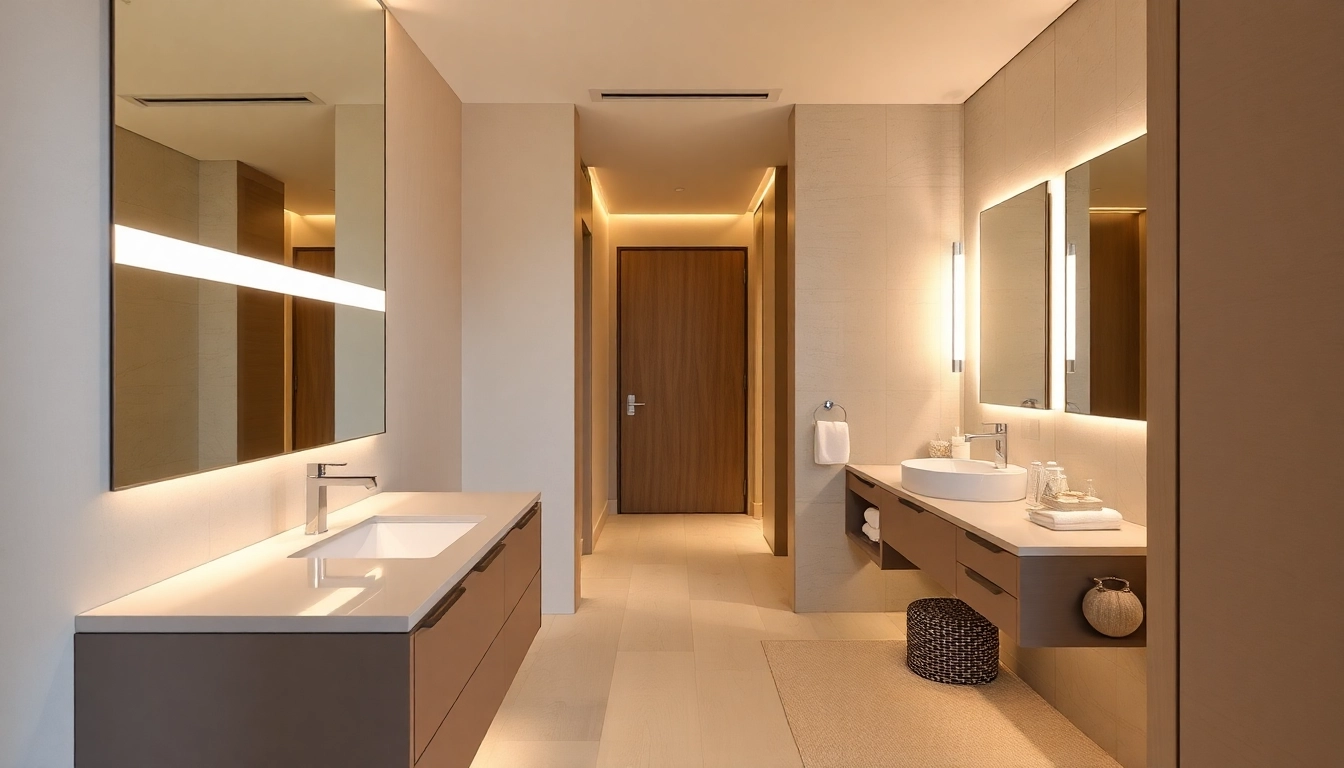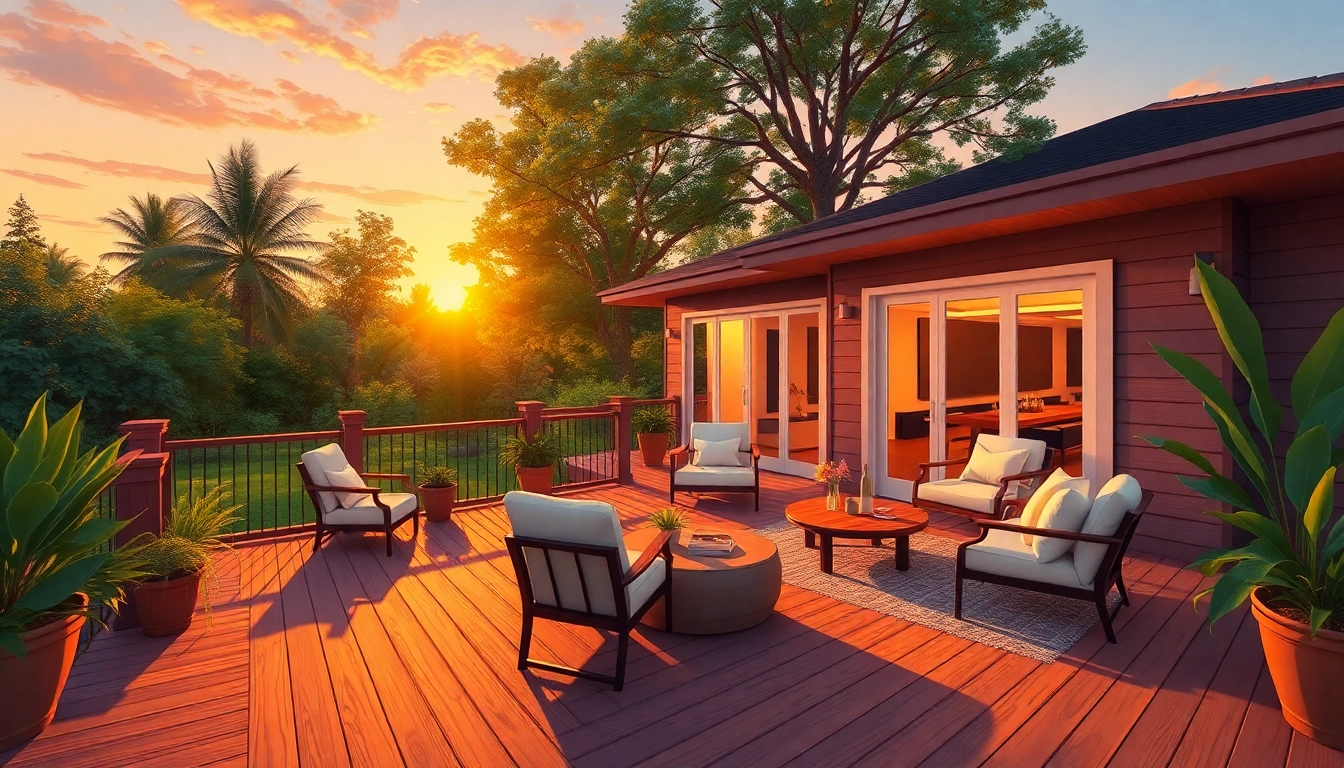Understanding Hardscaping: The Foundations of Hardscapes & Pools
Defining Hardscapes & Their Importance in Landscaping
In the realm of outdoor living, hardscaping represents the non-plant elements in a landscape design, serving as the backbone of functional and aesthetic outdoor spaces. Unlike landscaping, which focuses primarily on the soft elements such as plants, trees, and flowers, hardscaping incorporates materials like stone, concrete, brick, and wood to create walkways, patios, walls, and, importantly, pool surrounds. This blend of functionality and aesthetic appeal transforms outdoor spaces, offering both beauty and usability. Whether you’re looking to entertain guests, create a tranquil retreat, or add a striking visual element to your property, understanding hardscapes is essential.
Notably, integrating quality hardscapes and pools elevates the overall design of any property, enhancing its value and ensuring it can withstand the test of time. By investing in professional hardscapes & pools installation, homeowners can enjoy durable, beautiful environments that are as practical as they are appealing.
Key Materials for Hardscaping Around Pools
The choice of materials used in hardscaping, especially around pools, is crucial not only for aesthetic purposes but also for functionality and safety. Some of the most popular materials include:
- Pavers: Available in a variety of shapes, sizes, and colors, pavers are versatile and easy to install, allowing for creative patterns and textures.
- Natural Stone: This timeless option, including options like granite, slate, or flagstone, provides a lush, organic feel and superior durability, albeit at a higher cost.
- Concrete: An affordable choice with almost limitless design potential—whether stamped, stained, or polished—concrete is ideal for modern aesthetics.
- Wood Decking: Treated wood can bring warmth to a space, perfect for creating a welcoming deck area around pools, though its maintenance can be more intensive.
- Brick: This classic material offers a traditional look and incredible durability, making it a great choice for pool surrounds.
The Benefits of Professional Hardscaping Installation
While DIY projects can certainly be rewarding, enlisting professional help for hardscaping installations comes with numerous advantages. Experts bring not only experience and aesthetic knowledge but also an understanding of local conditions, proper drainage requirements, and safety standards. Key benefits include:
- Quality Assurance: Professionals guarantee high-quality craftsmanship, reducing the risk of future repairs.
- Design Expertise: They can help customize the design to suit your particular tastes and the existing environment of your property.
- Time Efficiency: A professional team can complete the project faster, allowing you to enjoy your new outdoor space sooner.
- Legal Compliance: Contractors are familiar with local laws and regulations, ensuring that your hardscaping meets any required codes.
Creative Hardscapes & Pools Ideas for Your Backyard
Incorporating Natural Elements into Pool Hardscaping
Integrating natural elements into pool hardscaping can create a seamless transition between your home and its environment. Here are a few delightful ideas:
- Rock Formations: Natural boulders can add character and promote an organic flow between the pool and landscape.
- Water Features: Waterfalls and fountains enhance the ambiance, creating not only visual interest but also soothing sounds.
- Plant Borders: Strategically placed flower beds or planters can create lush borders around the pool, softening the hardscapes.
- Beach Entry: A sloped entry makes for an inviting transition from deck to pool and can resemble a natural beach.
Popular Design Trends in Hardscapes & Pools
Understanding the latest design trends can inspire and guide your hardscaping project. Some of the contemporary trends include:
- Minimalism: Clean lines and simple designs are favored. This aesthetic requires less clutter and focuses on strong architectural elements.
- Eco-Friendly Designs: The use of sustainable materials and practices helps conserve resources and enhance environmental friendliness.
- Integrated Lighting: Well-placed lighting can dramatically change the mood of a space, making evenings around the pool beautiful and functional.
- Multi-Functional Spaces: Create areas that serve dual purposes, such as a deck that is ideal for both sunbathing and dining.
DIY Ideas for Budget-Friendly Hardscaping
For homeowners with a limited budget, several DIY hardscaping projects can enhance the aesthetic appeal without breaking the bank. Here are some ideas:
- Gravel Pathways: Utilizing gravel for pathways can provide a rustic and natural look while being cost-effective.
- Recycled Materials: Incorporate reclaimed wood or stones from previous projects to reduce costs and promote sustainability.
- DIY Fire Pit: Building a simple fire pit can serve as a focal point for gatherings and create a cozy atmosphere.
- Pallet Decking: Repurposing wooden pallets to build a deck can be an affordable way to create an outdoor lounging area.
Choosing the Right Materials for Hardscapes & Pools
Comparing Pavers, Stones, and Concrete for Pool Areas
Selecting the right materials for hardscaping around your pool involves considering cost, maintenance, and design compatibility. Here’s a comparative analysis:
- Pavers:
- • Easy to install and replace.
- • Available in different colors and textures.
- • Durable but can be prone to settling.
- Natural Stone:
- • High aesthetic appeal and durability.
- • Can be slippery when wet, requiring surface treatment.
- • Generally more expensive than other options.
- Concrete:
- • Versatile in design and easy to maintain.
- • Can crack over time but is generally cost-effective.
- • Stamping and staining can offer a customized look.
Durability vs. Aesthetics: Making the Right Choice
When selecting materials for hardscaping around pools, it’s essential to balance durability and aesthetics. For instance, natural stone enhances beauty but may require more regular maintenance to prevent slipping around wet areas. Conversely, while concrete may lack the visual appeal of pavers or natural stones, it can be stamped or colored for an attractive finish, making it durable and customizable.
Ultimately, the right choice depends on personal preferences, budget constraints, and how much maintenance a homeowner is willing to undertake.
Eco-Friendly Options for Hardscaping
In today’s world, many homeowners are looking to reduce their environmental footprint even in their outdoor living spaces. Here are some eco-friendly hardscaping materials to consider:
- Recycled Materials: Many manufacturers now offer pavers and bricks made from recycled materials, offering both durability and sustainability.
- Permeable Paving: Using porous materials allows rainwater to filter into the ground, reducing runoff and erosion.
- Bamboo Decking: As a rapidly renewable resource, bamboo is an excellent alternative to traditional wood for decking and accents.
- Native Stones: Sourcing local stones minimizes the carbon footprint associated with transporting materials and supports local economies.
Maintenance Tips for Your Hardscapes & Pools
Regular Care Practices for Long-Lasting Hardscaping
To ensure your hardscaping remains in top condition, adhering to regular maintenance practices is essential. Basic care involves:
- Cleaning: Regularly sweep and wash surfaces to prevent dirt buildup and maintain appearance.
- Inspecting: Periodically check for cracks or damages in materials and address them immediately to prevent further deterioration.
- Sealing: Applying a sealant to stone and concrete surfaces can protect from moisture penetration, stains, and fading.
Cleaning Techniques for Pool Hardscapes
Cleaning techniques vary based on the materials used in the hardscaping. Here are some effective strategies:
- Paver Cleaning: Use a mixture of gentle soap and water with a pressure washer to remove stains without disturbing the pavers.
- Stone Cleaning: Mild detergent and a soft brush are ideal for cleaning stone. Avoid acidic cleaners as they can damage the surface.
- Concrete Cleaning: Use a concrete cleaner or a pressure washer, especially on oil stains, and apply a sealant post-cleaning.
Seasonal Maintenance Checklist for Hardscapes & Pools
Ensuring the longevity of your hardscaping and pool areas involves season-specific care. Consider these seasonal tasks:
- Spring: Clean all surfaces, inspect for winter damage, and refresh any mulch or ground cover.
- Summer: Monitor for weed growth and check drainage in pool areas to prevent standing water.
- Fall: Rake leaves, clean debris from surfaces, and prepare pathways for winter.
- Winter: Inspect for ice damage, ideally covering areas prone to frost heaves.
Getting Professional Help with Hardscapes & Pools
Finding the Best Hardscaping Contractors
When searching for professional help for your hardscaping and pool projects, consider the following steps:
- Research: Look for local contractors with strong reviews and portfolios showcasing their work.
- Ask for Recommendations: Reach out to friends or family who have previously had similar work done.
- Request Quotes: Obtain detailed quotes and compare not only price but terms, timelines, and included services.
What to Expect During the Hardscaping Process
Understanding the hardscaping process can relieve concerns and make the experience smoother:
- Initial Consultation: This involves discussing design ideas, budget, and timelines with your contractor.
- Site Preparation: The area will be cleared, and any necessary excavation will take place.
- Construction: The contractor will begin the installation of your chosen hardscaping materials, ensuring everything aligns with the plan.
- Final Touches: Once completed, any landscaping edges will be installed, and the area will be cleaned up.
Evaluating Construction Quotes for Hardscapes & Pools
When evaluating quotes from contractors, consider the following factors:
- Detailed Breakdown: Ensure quotes include itemized costs for labor, materials, and any additional fees.
- Timeline: Ask about the expected duration of the project and any guarantees regarding adherence to that timeline.
- Warranties: Verify what warranties are offered on both materials and the workmanship.
- Payment Terms: Understand the scheduling of payments and ensure they align with project milestones.



